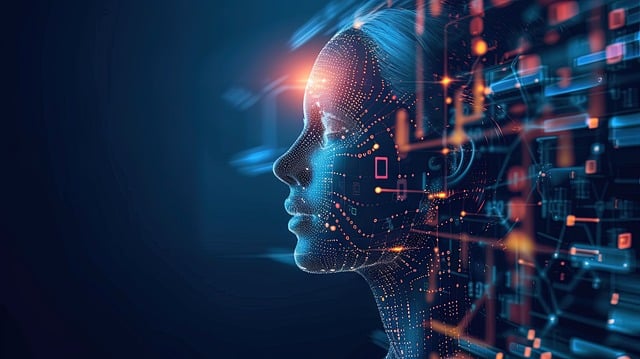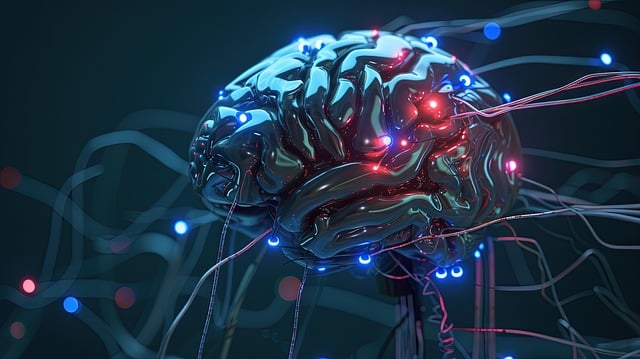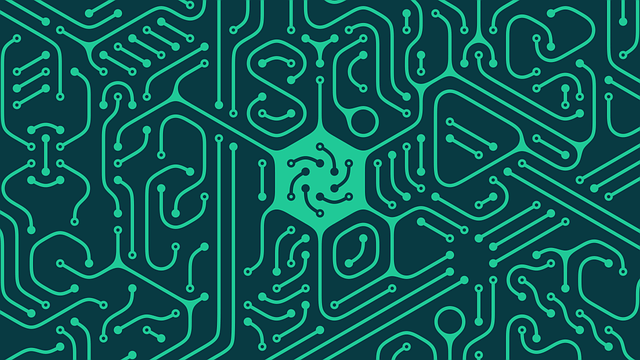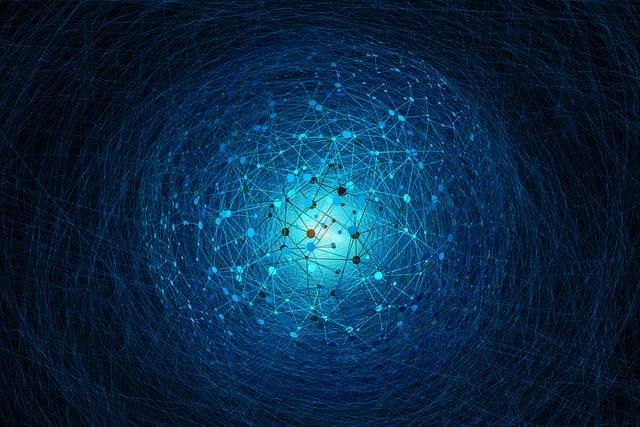Neural networks are the foundation of deep learning, a branch of machine learning that mimics the way the human brain processes information. Understanding neural networks for deep learning can be crucial for anyone looking to get into AI and machine learning. These networks are composed of layers of neurons, which help process data and learn patterns. Deep learning models have revolutionized many fields, such as natural language processing, image recognition, and even autonomous vehicles. In this post, we’ll explore how neural networks work in deep learning, how to build and train them, and the challenges involved.
How Neural Networks Work in Deep Learning
Neural networks in deep learning are inspired by the human brain’s structure. At the core of a neural network is a set of connected nodes, or “neurons,” which process inputs and produce outputs. These neurons are organized into layers: an input layer, one or more hidden layers, and an output layer. The information flows from the input layer through the hidden layers, where it is processed, and finally reaches the output layer, where the model provides its predictions or classifications.
The way the network “learns” is through a process called backpropagation. During training, the model makes predictions, and the errors are calculated by comparing them with the actual results. The network then adjusts the weights of the connections between neurons to minimize these errors. This learning process continues through multiple iterations, improving the model’s accuracy over time.
Understanding this basic architecture helps in grasping the concepts behind more complex deep learning models. The use of neural networks in deep learning has paved the way for advanced applications in AI.
Deep Learning Algorithms and Neural Network Models
Deep learning models rely on various algorithms to train and optimize neural networks. Some of the most common algorithms include gradient descent, stochastic gradient descent, and Adam. These algorithms are used to minimize the loss function, a measure of how far the model’s predictions are from the actual values.
In deep learning, neural network models come in many types, depending on the task they are designed for. For example, Convolutional Neural Networks (CNNs) are widely used for image recognition tasks, as they are designed to process grid-like data. Recurrent Neural Networks (RNNs) are ideal for sequential data, such as time series or text, as they have memory and can process information step by step. There are also more advanced models, such as Generative Adversarial Networks (GANs) and Transformer models, each specialized for specific applications.
These algorithms and models are the backbone of deep learning. By selecting the appropriate model and optimizing it with powerful algorithms, deep learning can achieve impressive results, from automated medical diagnoses to self-driving cars.
How to Train Neural Networks for Deep Learning
Training neural networks for deep learning involves several important steps. First, you need to prepare your dataset. This typically includes gathering large amounts of data, cleaning it, and normalizing it so that the neural network can efficiently process it. The more diverse and high-quality your data, the better the model can generalize and make accurate predictions.
Next, the neural network architecture must be selected based on the type of problem you’re solving. For instance, if you’re working with images, CNNs are a common choice. Once the architecture is chosen, you can start the training process. This involves feeding the data into the model, running it through the neural network, and adjusting the weights using an optimization algorithm. Training requires significant computational power, often provided by GPUs or TPUs, which can accelerate the process.
One of the most challenging aspects of training deep learning models is finding the right balance between underfitting and overfitting. Underfitting occurs when the model is too simple to capture the patterns in the data, while overfitting happens when the model becomes too complex and learns noise instead of meaningful patterns. Regularization techniques, such as dropout and batch normalization, can help mitigate these issues.
Applications of Deep Learning in AI and Neural Networks
Deep learning and neural networks have found applications across a variety of fields. In healthcare, deep learning models are being used to analyze medical images, assist in diagnosing diseases, and even predict patient outcomes. For example, CNNs can detect tumors in X-rays and MRIs with accuracy comparable to or even surpassing human doctors.
In natural language processing, deep learning models such as Transformer networks have revolutionized machine translation, sentiment analysis, and text generation. Neural networks are also being used for automatic speech recognition, allowing for more intuitive voice assistants and real-time transcription services.
Another exciting area where deep learning is making strides is autonomous vehicles. Neural networks enable self-driving cars to interpret sensor data, make decisions in real time, and navigate complex environments. These applications showcase how deep learning can be used to solve complex problems and automate tasks that were once thought to be impossible.
Building Neural Networks for Image Recognition with Deep Learning
One of the most powerful uses of deep learning is in image recognition, which has wide applications in industries like healthcare, retail, and security. Building neural networks for image recognition involves training a model to detect patterns in images and classify them based on features such as shape, color, and texture.
Convolutional Neural Networks (CNNs) are the most commonly used architecture for image recognition tasks. These networks are designed to process grid-like data, such as images, by applying filters (also known as convolutions) to detect specific features. The network learns hierarchical patterns, starting from simple edges and textures in the initial layers to more complex objects in the deeper layers.
For example, a CNN used for facial recognition might first learn to detect edges, then recognize individual facial features like eyes, nose, and mouth, and eventually recognize entire faces. This capability is used in facial recognition systems, security surveillance, and even augmented reality applications.
Challenges in Neural Networks for Deep Learning Applications
While deep learning has led to impressive breakthroughs, there are still many challenges in neural network applications. One major hurdle is the need for large, labeled datasets. Deep learning models require massive amounts of data to perform well, and collecting, cleaning, and labeling this data can be time-consuming and expensive.
Another challenge is the computational power required for training deep learning models. Training a model can take days or even weeks on standard hardware, which is why many researchers and organizations turn to specialized hardware like GPUs or TPUs to speed up the process.
Additionally, neural networks are often seen as “black boxes” because it can be difficult to understand exactly how they make decisions. This lack of interpretability is a concern in fields like healthcare and finance, where understanding the reasoning behind a model’s prediction is crucial for trust and accountability.
Conclusion
Neural networks and deep learning are at the heart of many recent advancements in AI and machine learning. From image recognition to natural language processing, these technologies have opened new possibilities for automation and innovation across industries. However, training deep learning models comes with its own set of challenges, including the need for large datasets, significant computational resources, and overcoming interpretability issues. Despite these hurdles, the potential of deep learning to revolutionize various fields makes it a powerful tool for solving complex problems. As the field continues to evolve, neural networks will undoubtedly remain a critical component of AI’s future.






